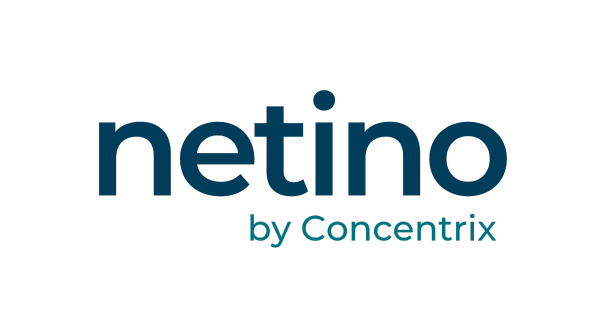My advisor is a robot !
Whether to streamline interactions or relieve your teams of tedious tasks, chatbots have become essential in customer relations. Fueled by artificial intelligence, they go by names like Ouibot (SNCF), Lara (Meetic), or Lucy (La Banque Postale). These conversational agents respond to your clients and address their simplest issues through messages, on social networks, or sometimes over the phone 24/7. There are many of them, each operating differently. If you’re wondering which ones to choose and how to implement them, this article is for you!

| What is a chatbot?
You’re likely familiar with chatbots. They are the simplest models of conversational agents found on almost every website today. They can engage in conversations with clients, answering questions and guiding them in their requests. Often, they offer a set of predefined questions and answers (making them predictive chatbots), allowing you to quickly find responses to common questions.
Among them, more complex bots collect and analyze data from interactions, which can be used to enhance the efficiency of conversational agents and better understand customer needs. These are known as analytical chatbots.
And, of course, as it’s now impossible to write an article on digital without mentioning artificial intelligence—there are those that “think.” AI is a revolution in the customer relations universe, and it’s most evident among our chatbot friends. Capable of understanding and responding to various, sometimes nuanced questions, these new tools are a boon for your business and teams, allowing them to focus on the human aspect.
| What is it used for?
Developing a chatbot allows you to expand dialogue spaces on your websites or social networks, significantly reducing the distance between a problem and its resolution. It’s practical and easily accessible, especially for younger generations. However, the preferred communication channel for the French remains the telephone. Fortunately, conversational agents can now pick up the phone.
If you’re dealing with a significant call volume, the callbot is essential, if only to not neglect those less digitally inclined. Scheduling appointments, providing account balances, answering simple questions—these are tasks that can now be automated, relieving customer service and allowing advisors to focus on high-value tasks.
To make people want to engage with it, give your conversational agent a personality. Give it a name, a silhouette, and a face; otherwise, it will feel like talking to a voicemail. Despite all this, and even though bots seem to be every CRM’s dream as they maintain accessibility regardless of the time and call volume, it’s necessary to avoid some pitfalls.
| How to use a chatbot effectively?
It may seem obvious, but advisors remain the cornerstone of your customer relations strategy. Bots offer many advantages, but they should only support your teams, the only ones capable of taking care of your clients, listening to them, reassuring them, calming them, and, most importantly, providing the emotion that will bring them back to you. When clients reach out to you, they seek not only a solution to a problem but a real exchange.
Be careful not to trap the caller with a bot without an exit option. Nothing is more frustrating than an automated voicemail that doesn’t allow direct reassurance by a human. Plan the routing of your calls thoroughly and ensure that a client expressing the need is redirected to a human, preferably before repetition becomes necessary.
And, of course, train your teams and consider their input. Becoming a good advisor is not innate, and they represent your brand in the most challenging moments they need to be up to the task!

N'hésitez pas à partager cet article !
"My advisor is a robot !"

